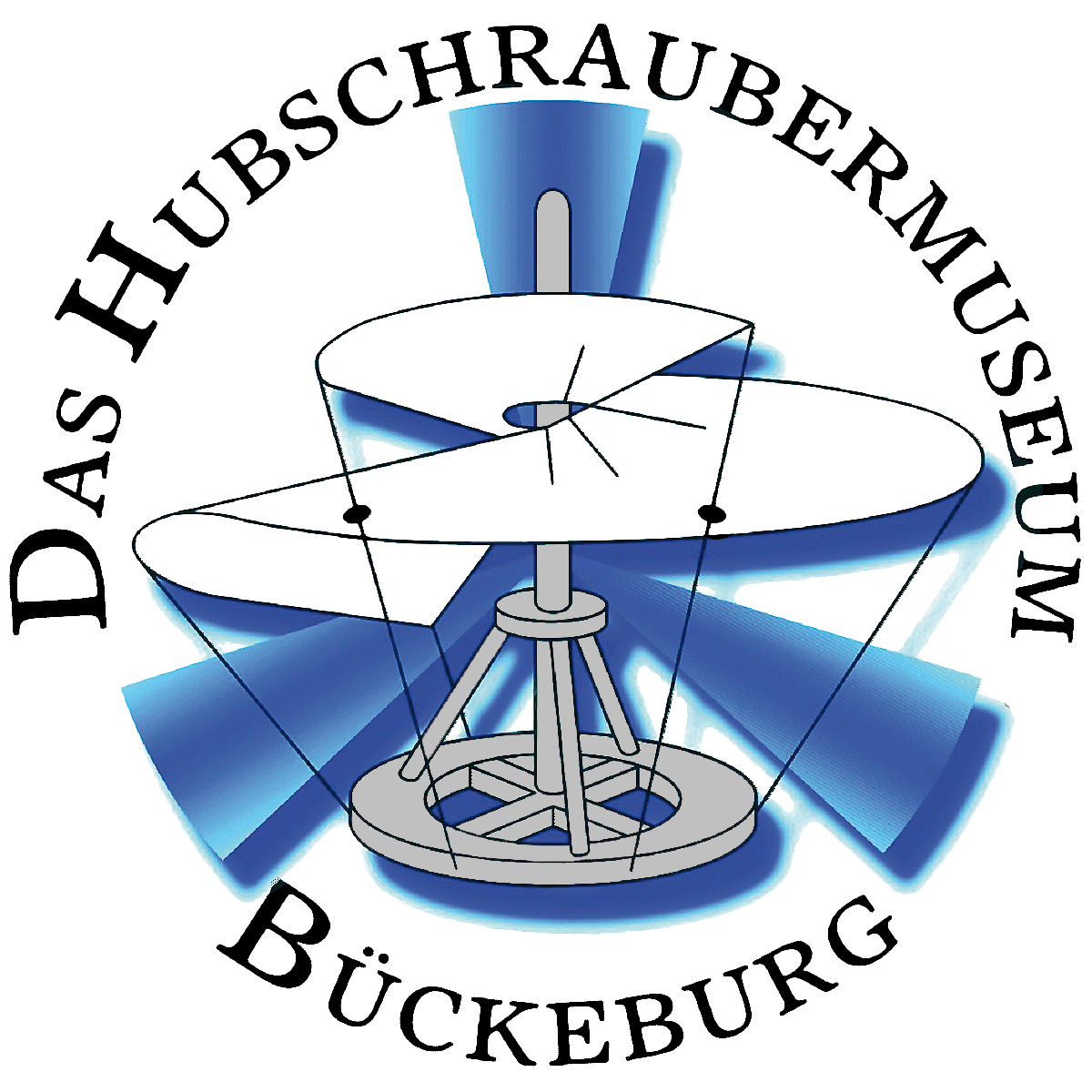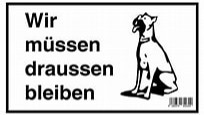Richard Perlia-EN
Richard Perlia
Richard Perlia (born on 6th April 1905 in Aachen; † 14th February 2012 in Berlin) was a German test pilot, editor and photographer.
Perlia was the seventh child of cigar factory owner Heinrich Perlia and his wife Emma, née Schweitzer, in Aachen. He was born as the only child of his parents in the 20th century and was thus the youngest of the family Perlia.
As a boy, already interested in aviation, he experienced at an aviation event on 25th February 1913 overthrow of death at that time only 21 years old pilot Bruno Werntgen, which did not took him off the target, even to become a pilot.
After school and the early death of his father sent him his strict Catholic mother, who was now in charge of his education, first in the Abbey “Maria Laach”. For the young Richard it was intended a clerical career. A night of love brought him kicking out of the convent and thus laid the foundations for his later life as an aviator. Towards his mother, he said that he as a pilot is to God anyway closer, because as a priest.
With his desire to become a pilot, he turned to the teaching in Aachen Professor Theodore von Kármán, who held a chair in aerodynamics at the “Technische Hochschule” (University of Technology) in Aachen. This helped him to a training place at the “Hanns Klemm Fliegerschule” in Böblingen. Instructed by flight instructor Hermann Weller he made is pilot’s license on a Klemm “L 20″. Weller told him an aerobatic training that he received at the company “Raab-Katzenstein” in Kassel. One of his instructors was Gerhard Fieseler. Ernst Udet he also learned at that time know. After flying for advertising the “Circus Krone”, he eventually became a pilot plant at “Raab-Katzenstein” (Raka) in Kassel.
Following the bankruptcy of the company Raka, he moved to Berlin, where he sold his Hanomag “Kommissbrot” car and acquired from the proceeds of a sunlamp. Thus Perlia opened in Berlin a “Sunlamps Institute”. After a mishap with a patient who reported him to the police, he bought his last money a train ticket to Istanbul. Since his “Sunlamps Institute” neither the financial nor the health or the labor inspectorate was logged, he held this escape for the only way out. Without money in his pocket he held in Istanbul, among other things as a porter afloat. Through the help of a German living in Turkey named Hans Tils he got a job at the Ford plants in Istanbul, where he worked for some time. As a coal trimmer on a small freighter he came via Beirut in 1929 returned to Germany and was able to enter as a factory driver with terminal again.
By aerialists Fritz Schindler he appeared at various airshows. A feat that the two wanted to show, was the transfer of Schindler from an Udet Flamingo in the just above flying Klemm “L20″. As the feat should be demonstrated, Perlia was not time for a lunch and had to watch as the machines were already in the air, this saved his life. As Schindler wanted to switch from the Flamingo to the clamp, the bottom flying Flamingo was relieved and at the same overloaded the underpowered terminal. The machines flew into each other and crashed. There were no survivors and thus Perlia was restarted death “Cheat Death” jumped. Hazardous flying was not in these years, and so there have always been times outlandings due to engine problems, often caused by the insulators of the spark plugs, which consisted of soapstone.
The global economic crisis in 1930 ended the employment at terminal in June 1930. He founded in Aachen with his schoolmate Leo Lammertz own flying school after he successfully passed the examination with flying instructor Captain Willi Kantstein. During this time he first met the future “leader” Adolf Hitler, the airfield Aachen-Merzbrück with Rohrbach Roland paid a visit. Perlia made some pictures of Hitler, where you could see him afraid of flying and he literally the “scared to death” face.
His more aviator career earned him a first, non-notified, night flight from Aachen to Köln Butzweilerhof and back to Merzbrück after a night of drinking. The night of the terminal equipment consisted of three flashlights, two with red or green sheets served on the reflector as position lamps and the third had to serve for the instrument lighting. The provisional position lights, which were fastened with binding wire to the wingtips of the wings, fell from just the start of what Perlia and his fellow aviators who accompanied him, but could not be dissuaded from their projects. The airfield commander in Köln was fortunately Willi Kantstein, the Perlia already knew from his flight instructor examination. So this forbidden flight cost him only a few laps in the center of Cologne.
Another coup Perlias was the flight along with Lammertz who sat at the controls, with a Klemm “L25″, which was equipped with snow skids on the “Zugspitzplatt”.
After the seizure of the NSDAP the time of the flight school was over. The influence of the Nazis on the aviation in Germany grew ever. To continue to work in aviation, there were only two possibilities for Perlia: leave Germany or join the NSDAP, which he also did in the year 1933. Through the mediation of Ernst Udet 1935 he received again a solid work as a test pilot at the “Deutsche Versuchsanstalt für Luftfahrt” (German Research Institute for Aviation) in Berlin-Adlershof. In this activity Perlia graduated with a Junkers Ju 52/3m, which was packed with scientists and technical equipment, a loop to the men “over there” time to show really “beating”. In many more flights Perlia went up to the performance limits of the aircraft flown by him. Extreme low-level flights, falls followed by trapping, as well as a flat spin belonged to his area of responsibility. These experiments led by Perlia with partly inappropriately aircraft such as swoops with a Heinkel He 70, a high-speed airliner of German “Lufthansa”. His strong aeronautical talent and skill ensured that he survived this test flights without prejudice.
Perlia spent due to an accusation of Dr. Wilhelm Richter some time in the Gestapo prison in Berlin, Prinz-Albrecht-Strasse No 8. He was accused of espionage on behalf of the Soviet Union. Due to the fact that incriminating evidence was found in Richter’s apartment, Perlia was released from custody and arrested judges.
On 1st March 1936 he joined the company “Arado”, initially in Brandenburg, later in Warnemünde and was established in October 1937. Incidentally, simultaneously with the pilot Dipl.-Ing. Melitta Schiller, appointed captain. On Udets recommendation, he went in the middle of 1939 to Anton Flettner in Diepensee/Berlin which Helicopter Flettner Fl 265 worked on the development of intermeshing rotors. Perlia made so that the first flight, tested him, and brought the aircraft with the registration D-EFLV in July 1939 in Rechlin Adolf Hitler and Hermann Göring before. Between January and November 1940 Perlia worked for the “Patin-Werke” in Berlin to develop a bomb target device. The development and tests were carried out in the “E-Stelle Rechlin” (aviation testing site). He then moved again, this time to “Junkers” in Dessau, where he worked until the war ended.
After the war was Perlia for the resurrected German aviation “too old” and so he was mainly active as a photographer and later as an editor of the aviation journal “Flugwelt”.
As a photographer he made on 17th June 1953 – during the popular uprising in the GDR – under the pseudonym “xyz” many moving shots that went in the press around the world. The photos made with a secret camera Perlia type “Robot Junior”, which was hidden in a book.
1955 Perlia went to the journal “Flugwelt”, where he worked as an editor. During this time he wrote a critical report to the then planned new fighter aircraft of the German Air Force, Lockheed F-104 “Starfighter”. In this report out there were some disputes with the then minister of defense Franz Josef Strauss. Perlia time was right with the assertion that the also available for selection French “Mirage III” is not only safer but also cheaper. In the following years there were frequent accidents with the “Starfighter”, the nickname became “Widowmaker”, “Peg” or “Flying Coffin”. Strauss held despite the scathing judgment of two test pilots of the German Air Force, who have tested the” Starfighter” with the manufacturer in the USA, on the controversial machine fixed. Nevertheless, the clash with Strauss costed him his job at the “Flugwelt”.
From 1956 to 1957 Perlia was as a technical assistant of Prof. Dr.-Ing. Edgar Rößger at the “Technical University Berlin” researching on the jet propulsion in aviation.
His work as a photographer led him afterwards to Thailand, India and Nepal.
In the advanced age of 81 years in 1986 Perlia competed for the German Spacelab Mission 12, which was orbiting the Earth at the turn of 1990/91. He was the oldest candidate. He was rejected, although it was impressed by his vitality and his commitment. Candidates with scientific training were preferred.
In his books “In geheimer Mission” (Mission: Impossible) and “Mal oben, mal untern” (time up, sometimes down) Perlia told in an exciting and humorous style his extraordinary life.
Perlia was married in second marriage since 1960.
On 14th February 2012 he died in his 107th year in Berlin.
Text from Wikipedia, the free encyclopedia



